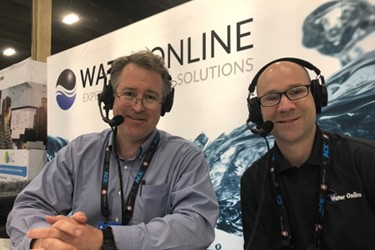From Australia To California, Log Reduction Credits For MBR Systems

Jon Loveland, Global Practice Leader - Alternative Water Supply at Black & Veatch, shares insight on a major development for membrane bioreactor (MBR) systems and potable reuse.
When the State of California determined that uniform criteria for direct potable reuse were feasible in December 2016, it identified research topics that would aid in the understanding of monitoring techniques that would assist in the development and approval of recycling projects, including pathogen log reduction credits and associated integrity testing and monitoring through membrane bioreactor treatment systems. MBR systems are flexible and powerful wastewater treatment systems that combine several permutations of advanced biological treatment with membrane technologies. They can provide very consistent, high-quality wastewater effluents. Of particular challenge in current MBR systems, however, is the ability to perform direct integrity testing and thus be able to demonstrate and claim pathogen log reduction credits — which is a vestige of the existing framework of regulations for membrane systems in drinking water. Part of the rationale for this framework requiring direct integrity testing was the relative novelty of membrane treatment and the dearth of data to support indirect measures of pathogen removal such as exist for conventional media filters based on decades of research and observations.
Now, based on the extensive data collection and evaluations performed by the Australian Water Recycling Centre of Excellence and a review of its 2016 Membrane Bioreactor Validation Protocol, the State of California is prepared to accept a similar approach to MBR treatment systems and grant pathogen log reduction values based on turbidity monitoring as a means of demonstrating membrane integrity. In this interview, Black & Veatch's Jon Loveland talks about the potential impact for MBR treatment systems and future potable reuse treatment schemes.
